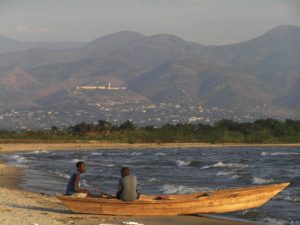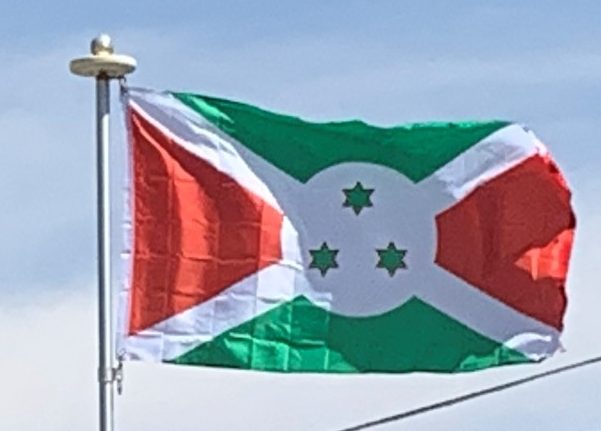Following the civil war and genocide, Micombero became mentally distraught and withdrawn. In 1976, Colonel Jean-Baptiste Bagaza, a Tutsi, led a bloodless coup to toppled Micombero and set about promoting reform. His administration drafted a new constitution in 1981, which maintained Burundi’s status as a one-party state. In August 1984, Bagaza was elected head of state. During his tenure, Bagaza suppressed political opponents and religious freedoms.
Major Pierre Buyoya (Tutsi) overthrew Bagaza in 1987, suspended the constitution and dissolved political parties. He reinstated military rule by a Military Committee for National Salvation (CSMN). Anti-Tutsi ethnic propaganda disseminated by the remnants of the 1972 UBU, which had re-organized as PALIPEHUTU in 1981, led to killings of Tutsi peasants in the northern communes of Ntega and Marangara in August 1988. The government put the death toll at 5,000; some international NGOs believed this understated the deaths.

In the aftermath of the killings, a group of Hutu intellectuals wrote an open letter to Pierre Buyoya, asking for more representation of the Hutu in the administration. They were arrested and jailed. A few weeks later, Buyoya appointed a new government, with an equal number of Hutu and Tutsi ministers. He appointed Adrien Sibomana (Hutu) as Prime Minister. Buyoya also created a commission to address issues of national unity. In 1992, the government created a new constitution that provided for a multi-party system, but a civil war broke out.
An estimated total of 250,000 people died in Burundi from the various conflicts between 1962 and 1993. Since Burundi’s independence in 1962, two genocides have taken place in the country: the 1972 mass killings of Hutus by the Tutsi-dominated army, and the mass killings of Tutsis in 1993 by the Hutu majority. Both were described as genocides in the final report of the International Commission of Inquiry for Burundi presented in 2002 to the United Nations Security Council.
In June 1993, Melchior Ndadaye, leader of the Hutu-dominated Front for Democracy in Burundi (FRODEBU), won the first democratic election. He became the first Hutu head of state, leading a pro-Hutu government. In October 1993, Tutsi soldiers assassinated Ndadaye, an act which resulted in a genocide against Tutsi, which led to years of violence between Hutu rebels and Tutsi majority army. It is estimated that some 300,000 people, mostly civilians, were killed in the years following the assassination.
In early 1994, the parliament elected Cyprien Ntaryamira (Hutu) to the office of president. He and Juvénal Habyarimana, the president of Rwanda, both Hutus, died together when their aeroplane was shot down in April 1994. More refugees started fleeing to Rwanda. Speaker of Parliament, Sylvestre Ntibantunganya (Hutu), was appointed as president in October 1994. A coalition government involving 12 of the 13 parties was formed. A feared general massacre was averted, but violence broke out. A number of Hutu refugees in Bujumbura, the then-capital, were killed. The mainly Tutsi Union for National Progress withdrew from the government and parliament.
In 1996, Pierre Buyoya (Tutsi) again took power through a coup d’état. He suspended the constitution and was sworn in as president in 1998. This was the start of his second term as president, after his first term from 1987 to 1993. In response to rebel attacks, the government forced much of the population to move to refugee camps. Under Buyoya’s rule, long peace talks started, mediated by South Africa. Both parties signed agreements in Arusha, Tanzania and Pretoria, South Africa, to share power in Burundi. The agreements took four years to plan.
